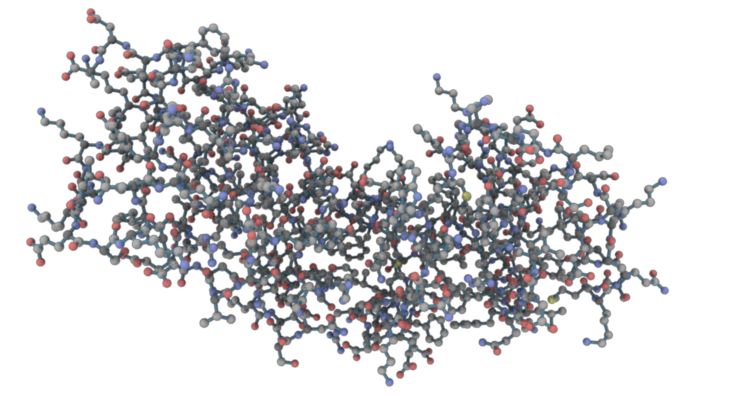
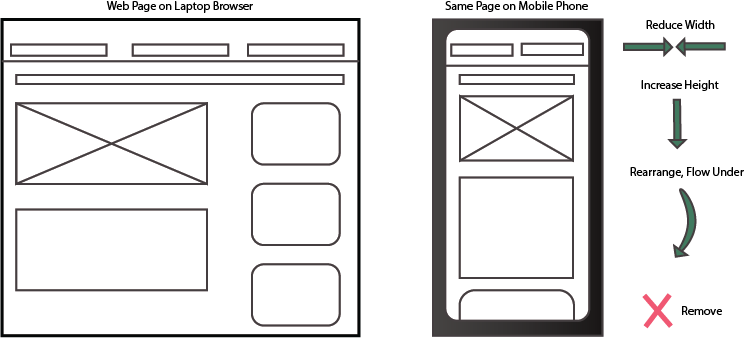
Instructional Design
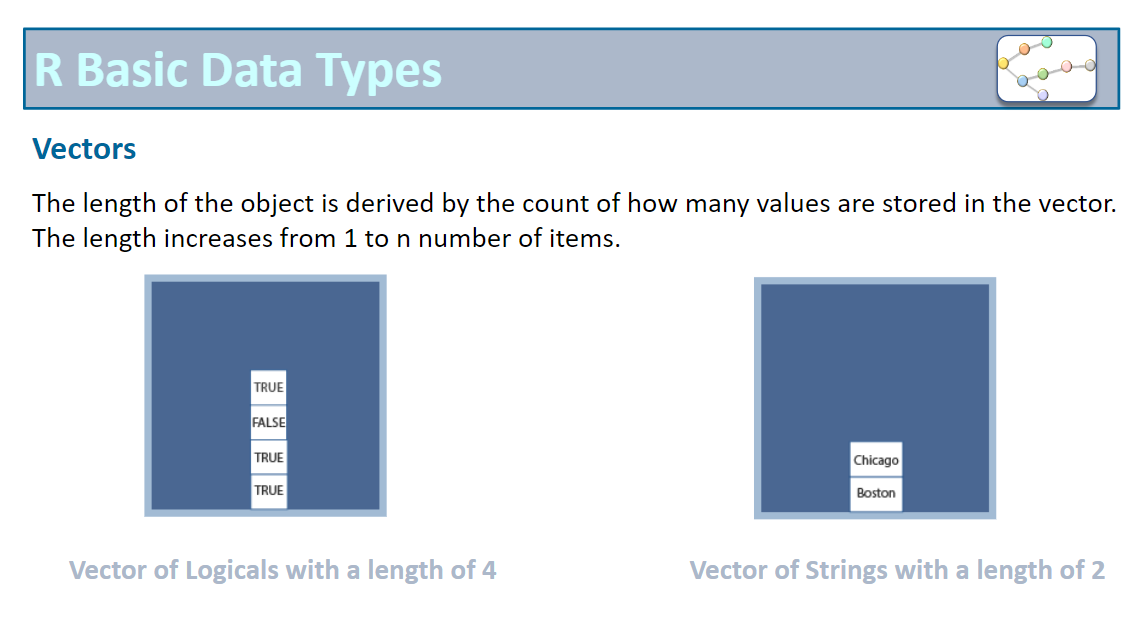
Natural Science Illustration
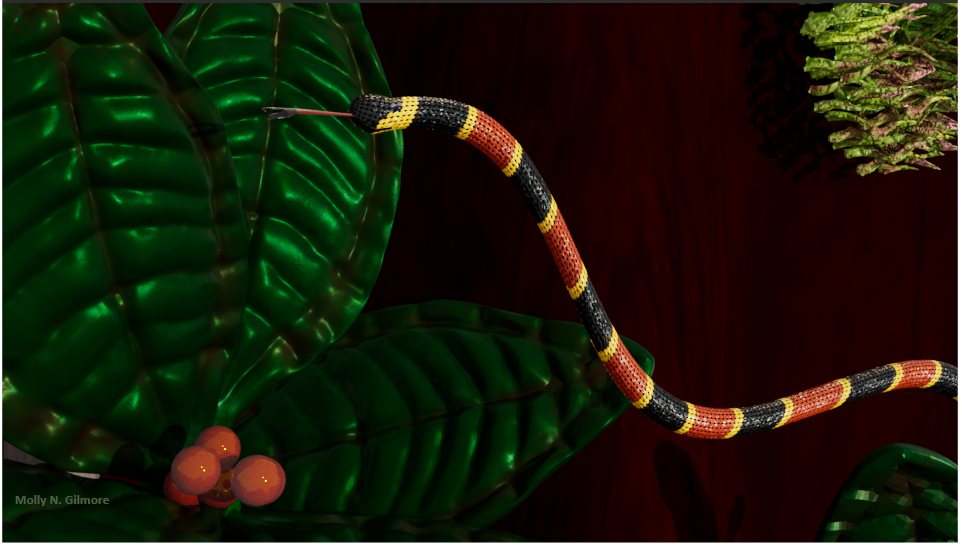

Intersection of Ornithology and Human Factors
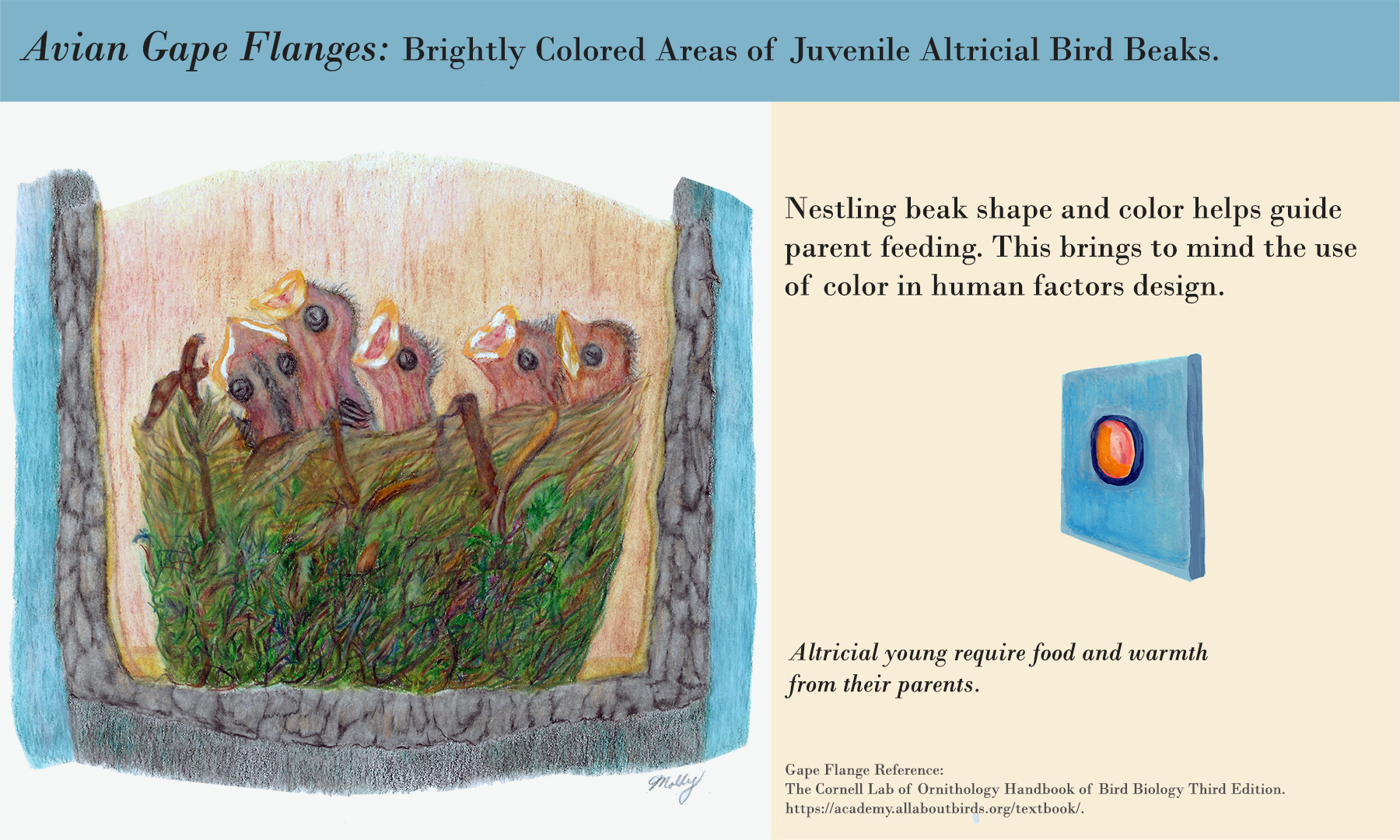
Giraffe Patches: Protection for Juveniles and Help with Thermoregulation
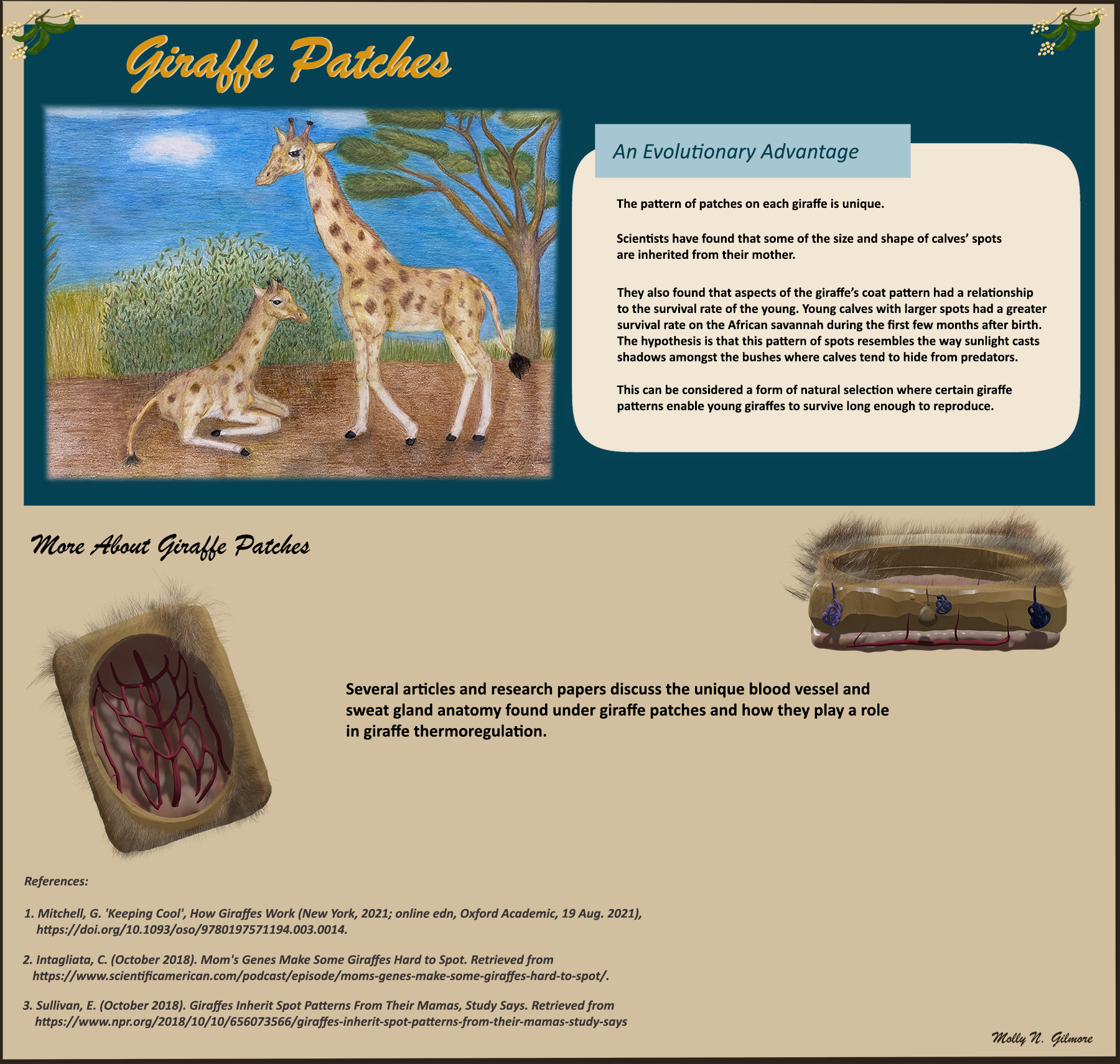
Mourning Dove Dimorphism
These are drawings I made of a male and female mourning dove rendered in color pencil as part of a zoology project on mourning dove migration behavior.
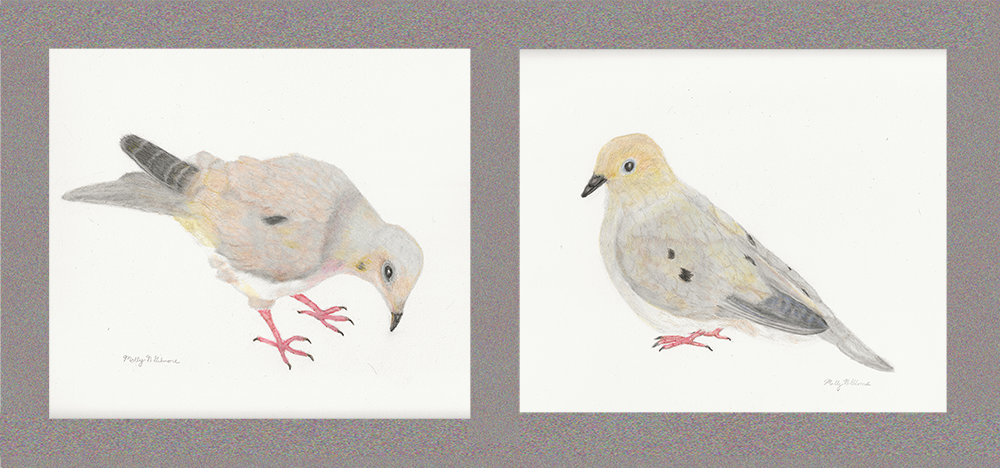
Storyboard for the project.
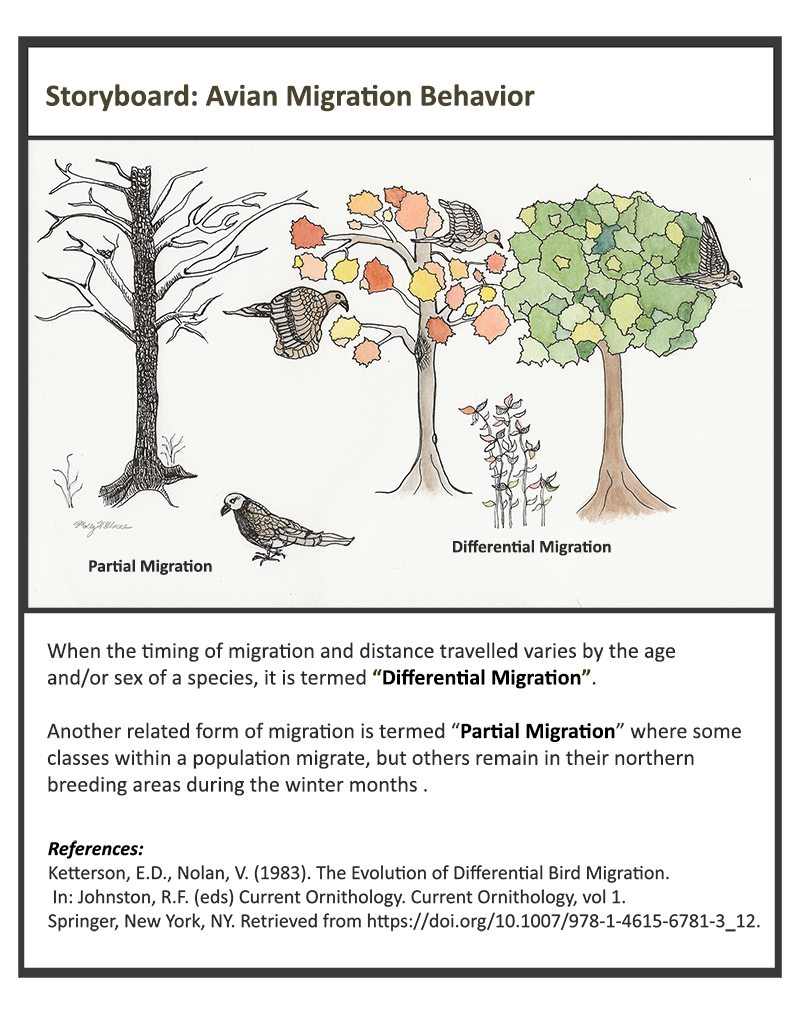
Comments are closed.